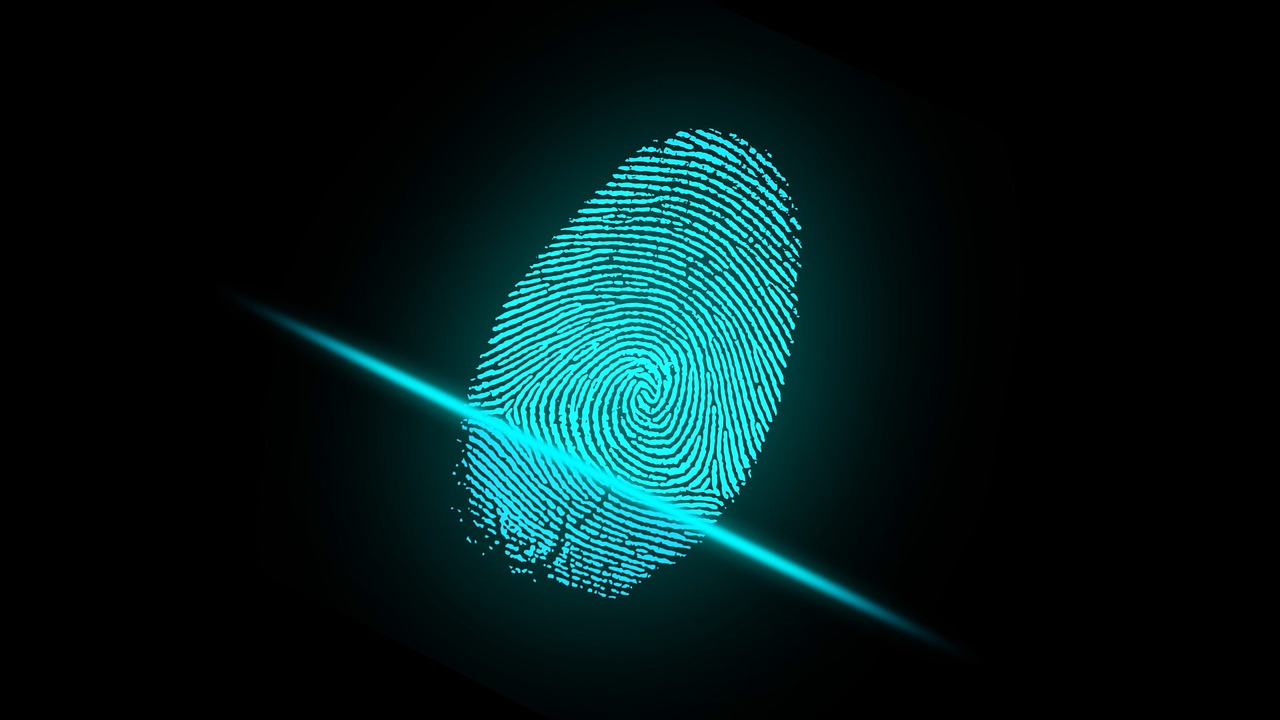
Identity testing has come a long way since the early days and is something that has brought about innovations across a variety of different sectors. The ability to identify and analyze different elements within DNA has proven to be incredibly beneficial and has seen a number of innovations since it was first brought to light in the 1980s. The ability to test a person’s DNA was a concept that was derived after a British scientist realized that there were certain progressions that occurred when trying to process data. These tend to form a unique arrangement within a person, thereby making up their unique genetic composition. This proved to be an incredibly effective manner of identification since the only instance in which it would not work was in the case of identical twins. Over the years, several other researchers and scientists delved into the initial studies on DNA and decided to take the field further through their analysis.
Bringing an Idea to Life
DNA fingerprinting is one form of identification that has seen its fair share of the spotlight owing to the numerous times it has been depicted in Hollywood. In many of these instances, a DNA sample is taken by a ‘detective agency’ and then sent for testing. This is usually followed up by a screen showing scans of individuals, and coming to a match at the end. While the thought behind this is the same when applied to real life, the process behind it is far more complex.
DNA fingerprinting is a process of differentiating samples of human DNA. This is usually used at crime scenes and in places wherein data needs to be collected from a suspect. Because of the efficiency at which this can be used, this is considered to be an incredibly efficient type of data analysis that can be conducted. Because of the developments that this form of DNA testing has witnessed over the years, it has been successful in catching a number of criminals and has been able to shed light on evidence that has been used to support a number of cases.
How Does It Work?
The main reason why DNA fingerprinting has been able to work so efficiently for the justice system in the country is because of the implementation of the Combined DNA Index System. This was developed by the United States Department of Justice along with inputs from the Federal Bureau of Investigation. This advanced system uses a combination of technology and forensic data to create a database of records of those who have been convicted of crimes and felonies in the past. This system is highly efficient and specific and offers its information to police departments for their investigations. There have also been a number of instances wherein this technology was offered to foreign nations to be able to conduct DNA testing for the protection of its citizens.
While this system has overall proven to be efficient in providing good results from their analysis, there have been instances wherein this does not work as intended. There have been incidents in the past wherein DNA fingerprinting has provided a ‘false positive’ wherein the DNA found at a crime scene was matched with someone who was in no way involved. However, over the years, the improvements to the system have made it more efficient, and have minimized the appearance of a false positive to an absolute minimum. The manner in which the occurrence has been reduced is through a process of alternative testing, which applies the same principles of DNA fingerprinting, just through additional means.
When any kind of DNA fingerprinting needs to be conducted, there is a certain amount of legal considerations that may come in the way. These may sometimes hinder the ability of the lab to perform in-depth testing and analysis to provide the most accurate kind of results. There are also several instances in which the scientific proof doesn’t stay true to the legal standing of the situation, making the lab unable to properly process the results. The decision of the jury is also something that often stands in the way of a lab properly coming to a thorough conclusion. Even a small margin of error is sometimes enough to convince a jury to dismiss a particular form of evidence as inadmissible in the eyes of the court. Though these may come in the way of actually providing results, it isn’t something that comes in the way of the lab being able to actually produce accurate results.
One factor that is often taken into consideration is the probability of negatives arising in these instances. When a DNA sample is taken from a crime scene, there is an incredibly small possibility that it might procure a false positive. However, the adverse is never something that can arise. There is no possibility wherein a DNA sample that is taken doesn’t show the accurate suspect. For this reason alone, DNA fingerprinting has become crucial in proving the innocence of individuals who were previously proven to be guilty of a certain crime.
Process of DNA fingerprinting
The process behind DNA fingerprinting is incredibly complex and prolonged, which is why it can only be done by professionals who are well trained within this sector, and who are authorized to use the Combined DNA Index Systems in place.
One of the first parts of DNA fingerprinting is the collection of DNA. This can be acquired through any kind of sample cells, which can be from the skin, hair or even blood. These should be samples that are collected from the crime scene, and uncontaminated during their commute to the lab. There are certain guidelines that have been initiated to ensure the security and purity of these samples that law enforcement officials have to abide by.
Once the samples have reached the lab, they have to undergo a process of extraction. In this, the DNA is separated from the cells through a process conducted with restriction fragment length polymorphism technology. The DNA is cut in a specific manner that also contains a certain amount of enzymes along with it. These DNA strings are then laid on a substance that functions as a gel, through which a certain amount of current is passed. After this process has been conducted, the DNA is then subjected to a few rounds of blotting in which the individual strings of DNA are separated. These are then transferred onto a specialized sheet which is then made to come into contact with DNA probes. An x-ray film is then made to come in close contact with these figments, thereby creating a certain pattern on the film. This pattern is what is referred to as the DNA sample, which is then passed onto the identification systems.
Sample Contamination
One of the biggest reasons why the process of DNA fingerprinting doesn’t see the most positive light is because of the possibility of contamination that can occur in the samples. Crime scenes aren’t always checked the moment a crime takes place, and a certain amount of time passes before the officials reach the scene and take the samples that are then sent for testing. During this time, there is a possibility of contamination taking place, especially in areas that are prone to external influences. This has caused controversies in the past as a result of false positives, which is what has led to suspicions regarding the authenticity of DNA fingerprinting.
However, with modern technology and the ability to properly separate contaminants from the sample itself, the margin for error has significantly reduced, making this an effective method of identification.

Dr. Obianuju Helen Okoye is an American Public Health Physician/Health Care Executive/Researcher/Entrepreneur with a Medical Degree (MD), an MBA in Healthcare Management, and a Masters in Epidemiology/Public Health) with vast experience in clinical medicine, public health, mental health, telemedicine, Market Access, Health Economics and Outcomes Research, coupled with an exceptional background in Health Care Administration and Clinical expertise. She has been featured on NBC News, Yahoo News, The Huffington Post, Tonic by VICE, She Knows, Massage Magazine, Carol Roth, among others. She is a contributing writer to Entrepreneur magazine and the Huffington Post, and has been a scientific writer for the renowned websites The Paleo Diet and AusMed.
Her background includes being a National Institutes of Health (NIH) Clinical and Research Fellow, and State of Michigan HIV/AIDS Epidemiologist.
She has a plethora of clinical research experience and has presented at US and International Medical Conferences. Dr. Okoye has authored some publications, and is considered an expert on the Affordable Care Act.
